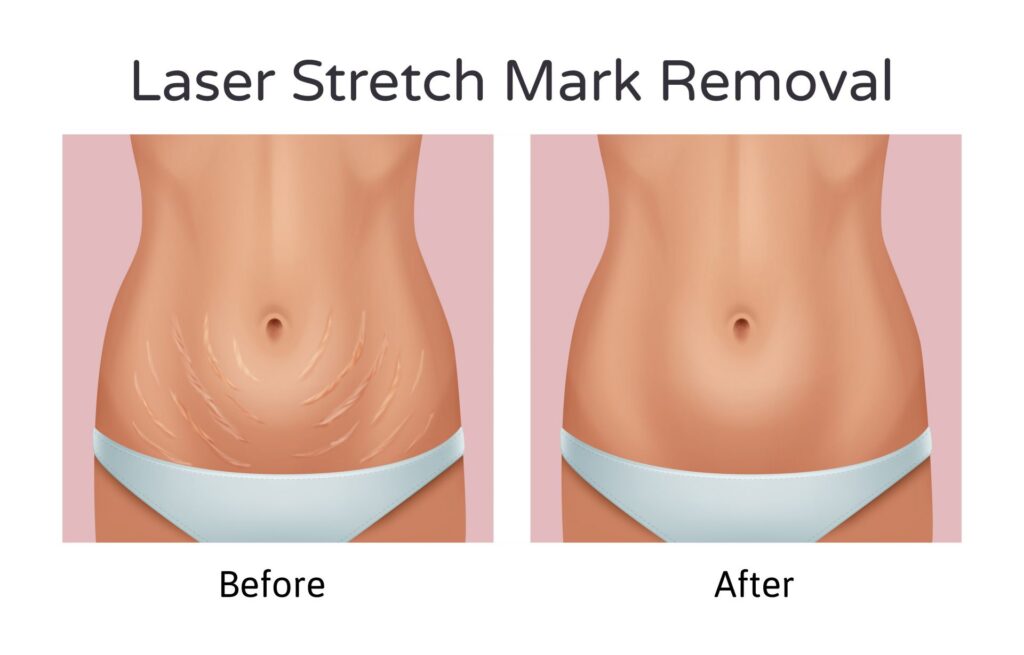Fading the Stripes: Exploring Effective Solutions for Stretch Marks Removal

Stretch marks, also known as striae, can be a source of self-consciousness for many individuals. These narrow bands or lines that develop on the skin’s surface often result from rapid changes in weight, growth, or hormonal fluctuations. While they are a natural occurrence, many people seek ways to minimize or remove stretch marks to restore the appearance of smooth skin.
Stretch marks removal techniques have advanced significantly, offering various options to address these cosmetic concerns. One commonly used method is laser therapy, where specialized lasers target the affected area, stimulating collagen production and promoting the growth of new, healthier skin cells. This helps to improve the texture and color of stretch marks over multiple sessions.
Another approach is microdermabrasion or chemical peels, which involve exfoliating the top layer of skin to encourage the growth of fresh skin cells and improve the appearance of stretch marks. These methods work well for lighter stretch marks and can be performed in a dermatologist’s office.
Medical-grade topical creams and ointments containing ingredients like retinol, hyaluronic acid, and vitamin E are also used to fade stretch marks over time by improving skin elasticity and promoting healing.
For more severe cases, medical procedures like fractional laser therapy or radiofrequency treatments can be effective. These procedures target the deeper layers of the skin, stimulating collagen and elastin production for more significant improvement in stretch mark appearance.
Ultimately, the choice of stretch marks removal technique depends on factors such as the severity of the marks, the individual’s skin type, and their goals. While complete removal may not always be possible, these advanced methods offer significant reduction in the appearance of stretch marks, helping individuals regain confidence in their skin’s appearance. Consulting a qualified dermatologist or skincare professional is crucial to determine the most suitable approach for each individual’s unique needs and expectations.

